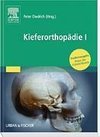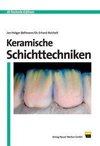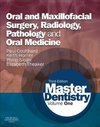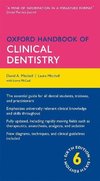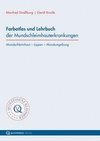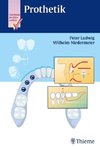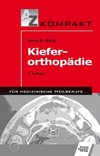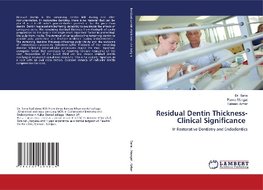
-
 Anglický jazyk
Anglický jazyk
Residual Dentin Thickness- Clinical Significance
Autor: Sana
Residual dentin is the remaining dentin left during and after instrumentation. In restorative dentistry, there is no material that can be placed in a tooth which providesbetter protection for the pulp than dentin. Dentin has excellent buffering capability... Viac o knihe
Na objednávku, dodanie 2-4 týždne
46.17 €
bežná cena: 51.30 €
O knihe
Residual dentin is the remaining dentin left during and after instrumentation. In restorative dentistry, there is no material that can be placed in a tooth which providesbetter protection for the pulp than dentin. Dentin has excellent buffering capability to neutralize the effects of cariogenic acids. The remaining dentinal thickness from thedepth of cavity preparation to the pulp is the single most important factor in protectingt the pulp from insults. The removal of caries allows the remaining dentin to provide pulp protection and fracture resilience during instrumentation. The remaining dentine thickness influences pulp vitality and the outcome of restorativeprocedures.In Endodontics,The thickness of the remaining dentine following intraradicular procedures maybe the most important iatrogenic factor that correlates to incoming fracture resistance of the root. Preparation of the apical third can also reduce residual dentin resulting in weakened apical root structure. This is particularly important in a root with an oval cross section. Excessive removal of radicular dentin compromises the root.
- Vydavateľstvo: LAP LAMBERT Academic Publishing
- Rok vydania: 2020
- Formát: Paperback
- Rozmer: 220 x 150 mm
- Jazyk: Anglický jazyk
- ISBN: 9786202803045
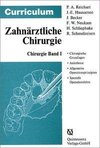
 Nemecký jazyk
Nemecký jazyk 
 Španielsky jazyk
Španielsky jazyk 